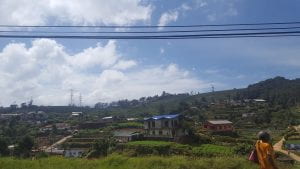
Sri Lanka is an island of diverse landscapes, ethnicities, and cultures. This enchanting country, often dubbed the “Pearl of the Indian Ocean,” boasts a rich history shaped by various ethnic groups, each contributing to the unique mosaic that defines Sri Lanka today. As you explore the histories of this island nation, you will encounter a captivating blend of traditions, customs, and narratives that highlights intricate relationships between the Sinhalese, Tamil, Muslim, and other smaller ethnic groups that coexist harmoniously. In my summer journeys visiting its borders, there is so much one can find in a country no bigger than the state of Indiana!
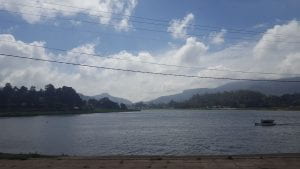
As you travel across Sri Lanka, you will inevitably find yourself surrounded by Sinhalese culture. Rooted in ancient history, the Sinhalese have played an instrumental role in shaping the island’s culture and traditions. They are the largest ethnic group in the country. The echoes of their heritage resonate in the elaborate temples, stunning frescoes, and the art and architecture that adorn cities such as Kandy and Anuradhapura. Venturing further north, you will encounter the vibrant Tamil community, concentrated primarily in the northernmost (Jaffna) region. The history of the Tamils in Sri Lanka is steeped in complexity, as they have fought for cultural preservation and political autonomy over the years. Exploring Jaffna’s markets and historical sites, you’ll be able to explore unique customs, from their cuisine of Indian Tamil-Nadu roots to their traditional and religious dances.

Muslims, on the other hand, are found across the country, but mostly in the central and eastern provinces of the island. The early history of Muslims in Sri Lanka is tied to trade and commerce. Arab traders, primarily from the Arabian Peninsula and Persia, began visiting the island’s ports around 8th century CE (Balachandran). These traders established trade networks that connected Sri Lanka with other parts of the Indian Ocean region, facilitating the exchange of goods, ideas, and cultures, especially in trade (Moor of Sri Lanka). Over time, some of these Arab traders decided to settle in Sri Lanka, leading to the establishment of Muslim communities along the coastal areas. These early Muslim settlers were known as “Moors,” a term that continues to be used to refer to the Muslim community in Sri Lanka today.
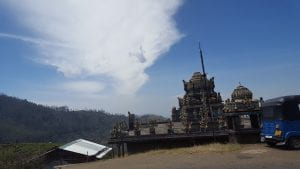
The country’s cross-cultural interactions influenced their language, customs, and way of life, resulting in unity and diversity. Traveling across towns and villages, you will find yourself in areas where several ethnic groups coexist and celebrate each other’s traditions. Cities like Galle (southernmost region) highlight the interaction between communities, with mosques, churches, and temples nestled side by side. The harmony between cultures is a testament to the island’s long history of multiculturalism.
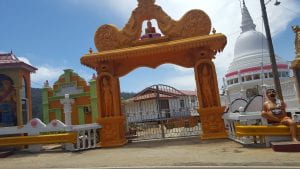
While Sri Lanka’s ethnic groups are united by their shared history, they also face contemporary challenges that require careful navigation. The scars of the civil war still linger, and the need for reconciliation and healing remains imperative. The younger generation is forging a new path, bridging the gaps between ethnicities through education, technology, and a shared vision for a united Sri Lanka.
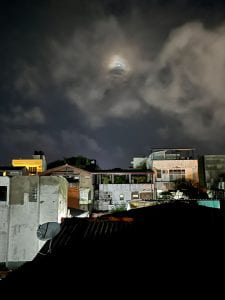
During my time in Sri Lanka in June & July 2023, I was exposed to a lot of the Muslim culture there. I went during Eid al-Adha, a holiday in Islam where the sacrifice by Prophet Abraham is commemorated. In Sri Lanka, Muslims perform Eid prayer as early as 7:30 in the morning. This was very different in the States, where Eid prayer takes place between 9-10 AM. The Eid celebration expands to the entire island, where schools across the country get a holiday, which is different from American institutions. Another thing I found interesting was the huge number of Islamic schools there. In America, finding full-time Islamic schools is very rare compared to the amount of Christian and Jewish schools, especially in Indiana. However, Sri Lankan Islamic schools are found across villages, towns, and cities. All the schools in the country have students adhere to (white) school uniforms, so Islamic schools would have students in white Islamic-appropriate dresses, boys in a short-sleeved dress shirt and slacks, girls in a long hijab, long-sleeved shirt, and skirt.
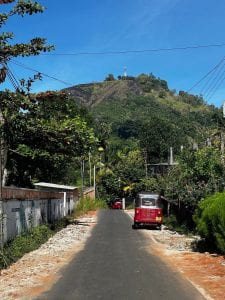
I have been lucky and privileged to see how Sri Lankans live on a day-to-day basis as I saw historical landmarks and regional states across the island. Each time I visit, I am always impressed by how close-knit Sri Lankan friends and families are, regardless of their religious affiliations. There are so many kinds of landscapes to see and explore. My mother’s family is from Mawanella, which is a bustling town filled with businesses and schools sitting on the Kandy Road highway. On the flipside, my father’s family is nestled in a small, mountainous village on the outskirts of Kandy called Daulagala. There is so much to love and appreciate from many regions of Sri Lanka, and it’s an eye-opening wonder to experience.
Sources (MLA):
Balachandran, P.K. “The Complex Issue of the Origin of Ceylon Moors.” Counterpoint, 25 Nov. 2021, https://counterpoint.lk/complex-issue-origin-ceylon-moors/.
“Moor of Sri Lanka.” Countries and Their Cultures, www.everyculture.com/South-Asia/Moor-of-Sri-Lanka.html.
________________________________________________________________________
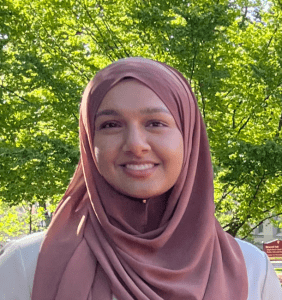
Hannah Niyaz graduated in Molecular Life Sciences from IU Bloomington in May 2023. She is currently working as a biochemist at Eurofins Laboratories in Indianapolis, Indiana. During her time at IU, she was involved in Muslim Student Association, the I Can Persist (ICP) STEM Initiative, and IU Student Government. She aspires to make STEM more accessible to women of color, and pursue science towards making a positive global impact.
Leave a Reply